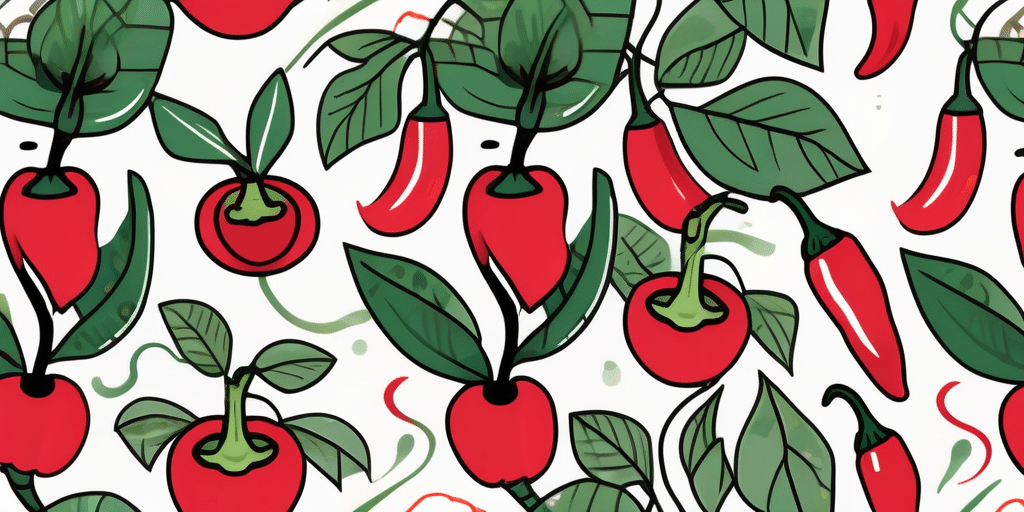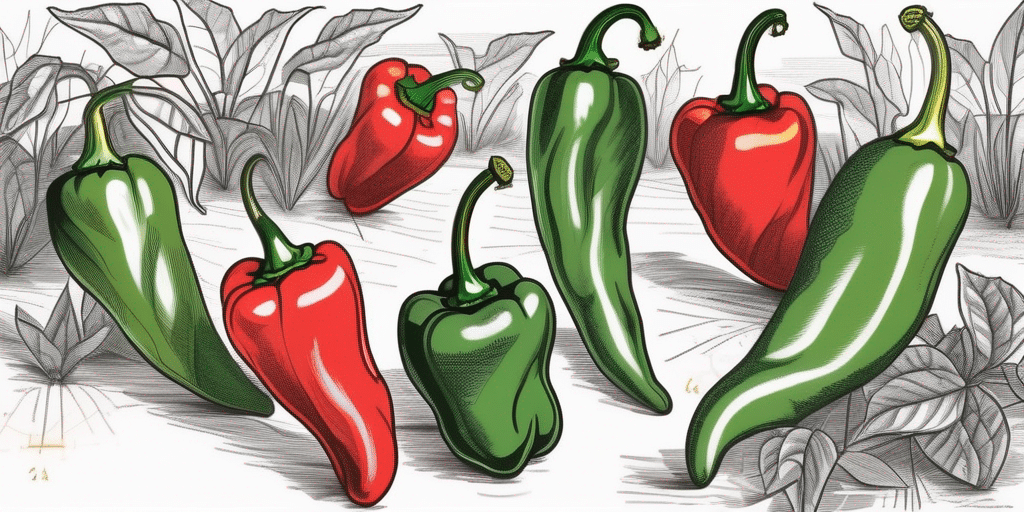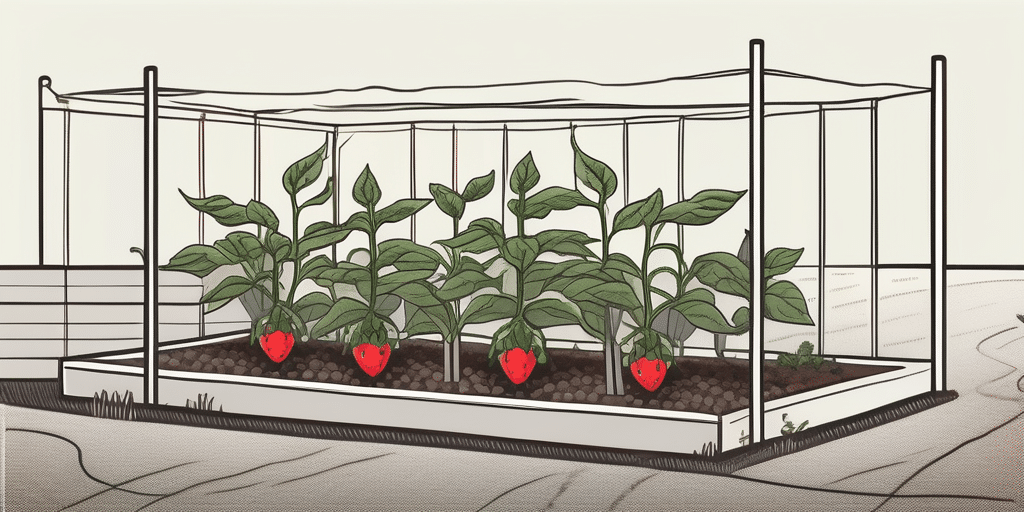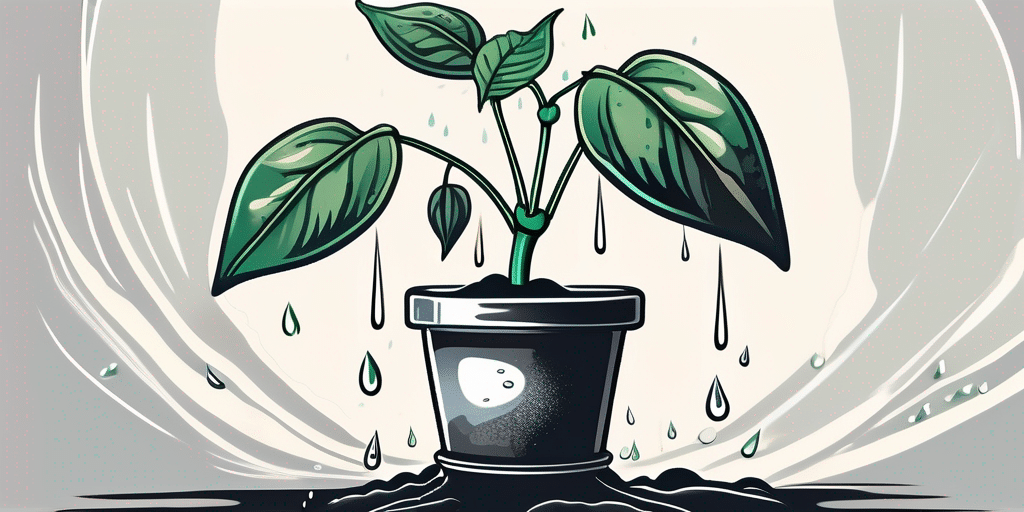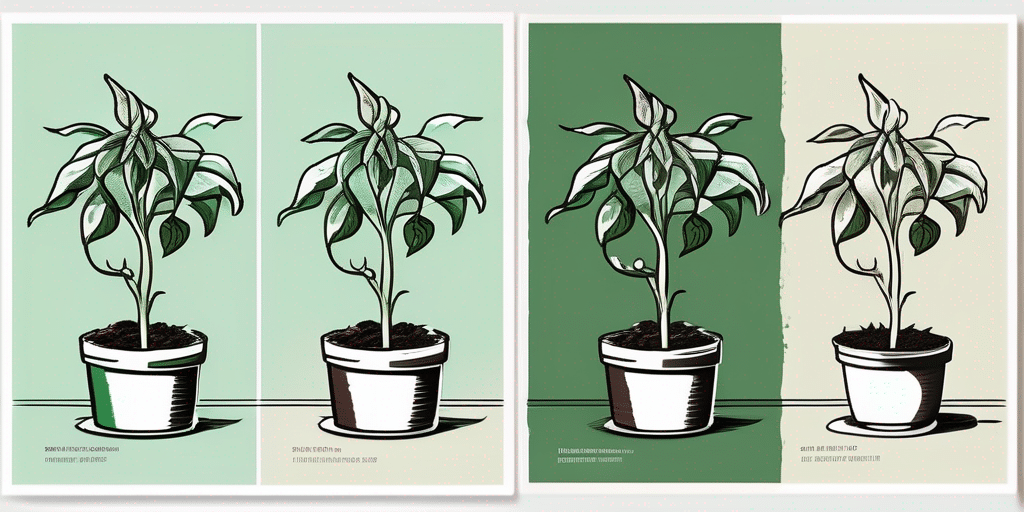Growing peppers in containers and pots is a fantastic way to enjoy these spicy and sweet treats all year round. Whether you’re a seasoned gardener or a beginner, this guide will provide you with all the information you need to get started. Let’s dive in!
Choosing the Right Pepper Varieties
Before you start planting, it’s important to choose the right pepper varieties for container gardening. Not all peppers are created equal, and some varieties are better suited to pot cultivation than others.
Generally, smaller pepper varieties like jalapenos, habaneros, and bell peppers are excellent choices for container gardening. They have compact growth habits and don’t require as much space as larger varieties. However, with the right care and attention, you can successfully grow larger varieties like banana peppers or Hungarian wax peppers in pots as well.
When choosing your pepper variety, also consider the pepper’s heat level and your personal preference. If you’re a fan of spicy food, you might want to try growing ghost peppers or Carolina reapers. If you prefer milder flavors, bell peppers or sweet banana peppers might be more to your liking.
Preparing Your Containers
Choosing the Right Container
Once you’ve chosen your pepper variety, the next step is to prepare your containers. The size of your container will depend on the type of pepper you’re growing. As a general rule, smaller pepper varieties require a pot with a minimum diameter of 12 inches, while larger varieties need a pot that’s at least 18 inches in diameter.
Make sure your container has good drainage. Peppers don’t like to sit in water, and poor drainage can lead to root rot and other diseases. Look for pots with multiple drainage holes at the bottom.
Material-wise, you can use plastic, ceramic, or terracotta pots. Each material has its pros and cons. For example, plastic pots are lightweight and inexpensive, but they may not provide as much insulation as ceramic or terracotta pots. On the other hand, ceramic and terracotta pots are heavier and more expensive, but they offer better insulation and are more durable.
Preparing the Soil
Peppers prefer well-draining soil with a slightly acidic pH. You can use a high-quality potting mix or make your own by combining equal parts compost, peat moss, and perlite or vermiculite. This mix will provide your peppers with the nutrients they need while ensuring good drainage.
Before planting, moisten the soil mix thoroughly. It should be damp but not waterlogged. Fill your container with the moistened soil mix, leaving about an inch of space at the top.
Planting Your Peppers
Now that your containers are ready, it’s time to plant your peppers. You can start peppers from seeds or purchase young plants from a nursery. If you’re starting from seeds, plant them about 1/4 inch deep in the soil. If you’re using young plants, dig a hole in the soil large enough to accommodate the root ball, then place the plant in the hole and gently cover the roots with soil.
After planting, water your peppers thoroughly. The soil should be moist, but not waterlogged. Place your containers in a sunny location. Peppers need at least 6-8 hours of sunlight per day to thrive.
Caring for Your Peppers
Watering
Peppers need consistent watering to grow well. The soil should always be slightly moist, but not waterlogged. Overwatering can lead to root rot and other diseases. As a general rule, water your peppers when the top inch of soil feels dry to the touch.
Fertilizing
Peppers are heavy feeders and benefit from regular fertilization. Use a balanced, slow-release fertilizer at planting time, then switch to a high-potassium fertilizer once the peppers start to flower. This will encourage fruit production.
Pest and Disease Control
Peppers can be affected by a variety of pests and diseases, including aphids, cutworms, and bacterial leaf spot. Regularly inspect your plants for signs of trouble and take action at the first sign of trouble. Use organic pest control methods whenever possible to keep your peppers healthy and safe to eat.
Harvesting Your Peppers
Peppers can be harvested at any stage of maturity, but for the fullest flavor, wait until they’ve reached their full color. To harvest, simply cut the pepper off the plant with a sharp knife or pruners, leaving a small amount of stem attached.
With proper care, your pepper plants can produce a bountiful harvest for several months. Enjoy your homegrown peppers fresh, or use them in cooking for a delicious, homegrown flavor boost.
Conclusion
Growing peppers in containers is a rewarding and fun gardening project. With the right care and attention, you can enjoy a bountiful harvest of fresh, flavorful peppers right from your own backyard or balcony. So why wait? Start your pepper gardening adventure today!
Remember, gardening is a journey, not a destination. So enjoy the process, learn from your experiences, and most importantly, have fun!
Happy gardening!
Join the How to Grow Everything Community!
Ready to take your pepper-growing journey to the next level? Subscribe for free to How to Grow Everything and learn how to build the garden of your dreams! Receive personalized gardening advice tailored to your location, grow zone, and experience. With our family’s commitment to providing the best gardening tips and special offers, you’ll be harvesting your own bountiful pepper pots in no time. No spam, just pure gardening gold. Join our community today and grow with us!

